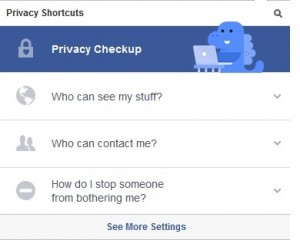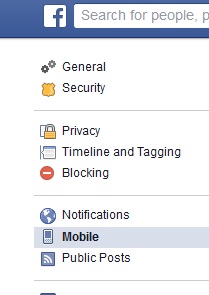October 31, 2014
Bash (Bourne-again shell) is system software used in Unix based systems, including Apple’s Mac OS X and Linux, and is used to manage its command prompt. Bash allows the user to type a series of commands in a text window which are then executed by the operating system. ‘Bash’ software is used in a majority of computer systems that connect to the internet.
Bash Bug, also known as Shellshock, is a security threat which makes the Bash software accessible to the hacker. The bug was discovered by the Unix specialist, Stéphane Chazelas, in September this year. Hackers can exploit this bug to take complete control of a targeted system. Bash Bug is considered to pose a larger threat than ‘Heartbleed’ bug which was discovered in April 2014. While Heartbleed bug exposed passwords and other sensitive data to hackers, the Bash bug is capable to wreak havoc as it allows the users to seize the entire system, snip data and shut down networks.
There are a number of web servers that are already being exploited with the help of Bash bug. The fix that was initially rolled out for the flaw was incomplete and just hours after the news went live; there were reports of hackers trying to take advantage of it.
How does Bash Bug work?
Bash software allows the user to control programs and features by typing commands in the text box. Officially only the website owners or limited programmers are authorized to enter these commands and access information. However the Bash Bug makes the command control and information accessible to the hacker. For instance, if a web server uses Bash as a background program to manage tasks, such as personal data filled in online forms, a hacker who intends to exploit Bash could steal this data. He could then add a disparaging code either to the server to direct the user to other websites or to infect their system with viruses.
Preventive Tips
One solution to prevent your system from the threat of Bash Bug is to keep your vulnerable devices updated. According to cyber security experts, Bash bug rates 10 on 10 on a scale of severity, implying that it has the ability to leave drastic effects.
Here are some important tips to save your data from this disastrous fault:
- Keep your security model application centric, which is not dependent on other security mechanisms.
- Create directed prevention strategies to monitor server programs and block malicious activities.
- Install hosted firewall and toughen the processes of operating system to ensure smooth functioning of the applications.
- Leverage application and device control capabilities to lock down configuration settings, file systems and the use of removable media.
- You should check for software updates on the websites of companies that make your router, computer as well as other Internet-connected equipment to prevent the bug.
Centex Technologies provide IT security systems for businesses. For more information on how to enhance security of your network and devices, please call us at – (855) 375-9654


